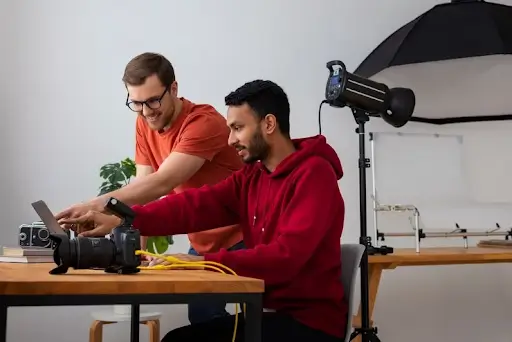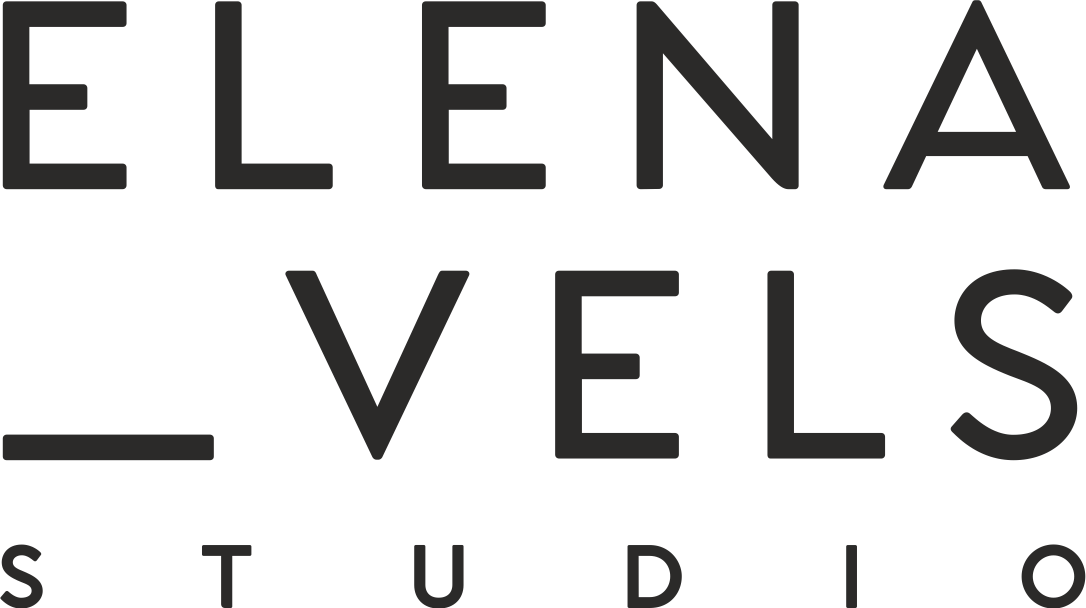Photography is an exciting fusion of art and technical skill, but let’s be honest—it comes with its fair share of challenges. Behind every stunning image, there’s often a hidden struggle—hours spent adjusting light, refining details, and perfecting the final look. It can feel overwhelming, and sometimes it seems like there aren’t enough hours in the day
But now, we’re seeing a big shift with the emergence of artificial intelligence (AI). Today’s cameras feature smart tools like automatic scene detection and face recognition, making capturing stunning images easier than ever. AI is also taking the hassle out of post-production tasks, like color correction and background removal, allowing photographers to focus more on their creativity and less on the tedious parts of the job.
Isn’t it intriguing how all of this began? Let’s take a closer look at the beginnings of AI photography and find out how we arrived at this fascinating crossroads of technology and artistry!
The Beginnings of AI in Photography: How It All Started

The evolution of artificial intelligence (AI) in photography didn’t happen overnight; it was a step-by-step transformation that reshaped how professionals capture and enhance images. Initially, AI wasn’t a focus in the photography world – early digital cameras and camera phones concentrated on improving lenses and sensor technology. But as AI capabilities grew, it became integrated into photography in subtle yet revolutionary ways.
The first big step was AI’s use in automating image adjustments, like auto-focus and exposure. Over time, AI started to power more sophisticated features like scene recognition, facial detection, and subject tracking, all of which enhanced professional photo shoots. AI editing software has started improving post-production for photographers by automating tasks like color grading, retouching, and object removal. This automation saves time, allowing photographers to focus more on their creative work instead of spending hours on manual editing.
Today, tools like Google’s RAISR for super-resolution and Adobe Sensei for advanced editing are essential for many professionals. Features like deep learning and generative adversarial networks (GANs) are also being used in high-end photography to improve detail, lighting, and composition in ways never before possible.
As AI continues to advance, let’s see what new features have and will integrate into professional photography equipment and software next.
AI in Professional Photography Equipment
Cameras
Here’s a look at how AI is revolutionizing camera capabilities:
AI Autofocus and Tracking
This feature helps focus on moving subjects by predicting their movements. Whether you’re photographing a running animal or a fast-moving car, AI keeps the subject sharp and clear. It also has a face and eye detection feature, which automatically focuses on the eyes of both humans and animals, making portraits and wildlife photos more focused and detailed. Also, AI-enhanced image stabilization fixes camera shake in real time, reducing blur and jitter to make photos and videos smoother.
AI-Powered Lens Correction
AI-driven lens correction effectively removes optical distortions and aberrations that may arise with specific lenses. This AI technology identifies issues on its own and fine-tunes the image, leading to sharper and more precise photos, allowing you to skip the lengthy post-processing steps. Plus, with the contextual lens recommendations feature, the camera suggests which lens to use based on factors like distance, subject, and lighting conditions.
Intelligent Scene Detection and Automatic Adjustments
AI technology in photography makes the whole process easier by recognizing scenes intelligently and changing the camera settings on its own. With object and scene recognition, the camera identifies elements like people, objects, or landscapes and fine-tunes the focus and framing for a balanced composition. This extends to automated scene modes, where the camera detects the type of scene – such as portraits, landscapes, or night photography – and applies the optimal settings for that scenario.
Smart Exposure Control
Smart exposure control leverages AI to automatically adjust a camera’s key exposure settings, such as aperture, ISO, shutter speed, and contrast, based on the scene’s lighting conditions. Whether you’re shooting in low light or bright daylight, the camera intelligently balances the exposure to ensure your photos are neither too dark nor overexposed. With this control, photographers can achieve consistently clear, sharp, and perfectly illuminated shots effortlessly.
Impact of AI on Panoramic Photography
Artificial intelligence (AI) is greatly improving panorama photography with features such as AI-powered 360-degree Views and AI-assisted panoramas and Editing. Using the 360-degree view feature, photographers may combine many shots from different perspectives to produce stunning, lifelike panoramas. This is especially valuable in real estate photography, as it provides a comprehensive visual experience for potential buyers.
Also, when creating panoramic images (which are wide-angle photos made by stitching together several pictures), the AI-assisted panoramas ensure that the images are aligned correctly and blended smoothly. Some cameras even offer in-camera AI-powered editing, allowing photographers to enhance photos immediately after capturing them, reducing the need for external editing software.
AI Color Grading and Noise Reduction
You can achieve professional-quality photos directly in-camera with AI color grading, which intelligently adjusts color tones to deliver consistent and visually appealing results – no post-processing needed. When combined with AI-driven noise reduction, this technology enhances photography by preserving textures and fine details without compromising image clarity. Many modern cameras and editing tools incorporate AI-based noise reduction.
AI Voice Commands
Lastly, for added convenience, AI-powered voice commands enable hands-free control of your camera. Adjust settings, focus, or take a photo with simple voice prompts when your hands are occupied. It also improves accessibility for those with physical limitations, making photography more inclusive.
Drones
Automated Flight Planning
Automated flight planning lets you control every aspect of the drone’s flight and create paths based on defined start and endpoints. It simplifies capturing complex aerial shots, as the drone calculates the most efficient route, taking into account factors like terrain, weather, and obstacles.
Obstacle Avoidance
With the help of AI-powered sensors, drones can now spot and avoid obstacles like trees, power lines, and buildings in real time. It makes flights safer and reduces the chances of accidents and damage while enabling drones to capture continuous footage in challenging environments.
Real-Time Data Processing
This feature is like having a super-smart assistant for your drone! AI processes information from the drone’s sensors and camera instantly, adjusting exposure, focus, and other settings to suit current conditions. Regardless of the weather, height, or lighting conditions, the result is always high-quality photographs and videos.
Predictive Analytics
Predictive analytics is a technique used by AI to anticipate possible problems before they arise, such as low battery, strong winds, or unfavorable weather. In reaction, the drone can autonomously change direction or return to base, lessening the possibility of expensive equipment loss and unplanned disruptions, which benefits photographers.
Swarm Technology
Drones can operate together in coordinated groups, using AI to maintain safe distances while capturing footage from multiple angles simultaneously. It is especially useful for large-scale events or complex shots where different perspectives are required.
Customizable Flight Modes
AI enables drones to offer various flight modes tailored to specific photography needs. Users can choose between modes for fast action shots, slow and steady movements, or complex maneuvers. This flexibility helps photographers quickly adapt to different situations, whether shooting fast-paced sports or slow panoramic landscapes, ensuring they get the desired shot with minimal effort.
AI in Photography Software and Post-Production
AI-Driven Object and Background Removal
This feature is perfect for creating clean images for product photography or artistic compositions! With AI-driven object and background removal, you can easily isolate subjects from their backgrounds. The software intelligently detects edges and separates elements, allowing you to replace or remove backgrounds effortlessly.
Image Upscaling and AI-Powered Exposure Blending
With the upscaling driven by artificial intelligence, your photographs will retain their sharpness and clarity even when magnified. These capabilities, when coupled with AI-enhanced exposure mixing, which blends multiple exposures to create balanced lighting, provide breathtaking outcomes regardless of the situation.
AI-Powered Color Grading, Filters, and Style Transfer
With these tools, you can easily add artistic effects and specialized color styles to your photos. The use of AI in content analysis enables the enhancement of mood and visual impact, as well as the transfer of styles between images.
AI-based video-to-photo Conversion
AI can extract high-quality still images from video footage, ensuring that no great shot goes unnoticed. Creatives profit from this technology since it converts every outstanding video into a great photograph while capturing perfect moments! Photographers can select the ideal frames to capture stunning expressions, fluid movements, and intricate details. It also allows photographers to combine still and motion images, adding depth and variation to their portfolios.
AI-Powered Photo Restoration
Fading family photographs can be brought back to life with the help of AI-powered photo restoration tools. These tools can intelligently fix blemishes and adjust colors. The program may bring back the original vividness of antique wedding photos, for instance, even if they have deteriorated. Doing so not only saves you time but also allows you to share high-quality, preserved memories.
Auto-Enhancement
Professional photography is changing as a result of auto-enhancement techniques that automatically optimize brightness, contrast, and overall image quality. With the ability to enhance facial features, smooth skin textures, and eliminate blemishes, these technologies give photographers the impression of having their own personal editor. The use of AI-based color correction simplifies the editing process even more and produces vivid, realistic images that skillfully capture the spirit of the occasion.
Advanced Color Fringing Removal
To get flawless shots, professional photographers need to use specialized color fringing reduction technologies. These features automatically correct perspective distortions and remove distracting lens flares and glare, becoming particularly helpful for architectural shots. Their process of identifying and eliminating chromatic aberration guarantees clean compositions with well-defined edges.
AI and the Future of Professional Photography
The future of artificial intelligence in photography is filled with exciting possibilities. Here’s how AI is set to transform the way photographers work and how we will experience images in the future.
AI-Assisted Creative Collaboration
Photographers will collaborate on projects from anywhere in the world! With AI-assisted creative collaboration, photographers will have tools that allow live editing and access to shared libraries of images.
Quantum AI for Image Rendering
Although quantum computing is still developing, it has the potential to change how we render images. Quantum AI could allow for super-fast processing of complex images with stunning clarity. Photographers will be able to handle large amounts of data quickly, producing high-resolution images in real time.
Predictive AI That Foresees Trends
Future AI won’t just respond to what cameras do; it will also be able to guess what will be popular in the future. Predictive AI can guess what the next big-picture trends or business needs will be. This capability will help in fashion and advertising photography by knowing about what’s trending before it even happens.
Sentient AI Assistants
Looking even further into the future, we may see sentient AI assistants who can learn and make their own artistic choices. These advanced AI systems could independently plan photoshoots, learn from their experiences, and come up with new creative ideas for artificial intelligence photos.
Wrapping Up
AI empowers photographers to focus on their creative side and explore innovative ideas while saving countless hours on post-production. As AI continues to enhance both camera capabilities and editing software, the future of photography will allow professionals to push the boundaries of creativity and efficiency.
If you are looking for creative ecommerce product photography or expert product photography in NYC, Elena Vels Studio is the perfect choice. With expert techniques and AI-driven tools, we provide high-quality images that elevate your brand. Contact us now to enhance your brand’s visual storytelling!


